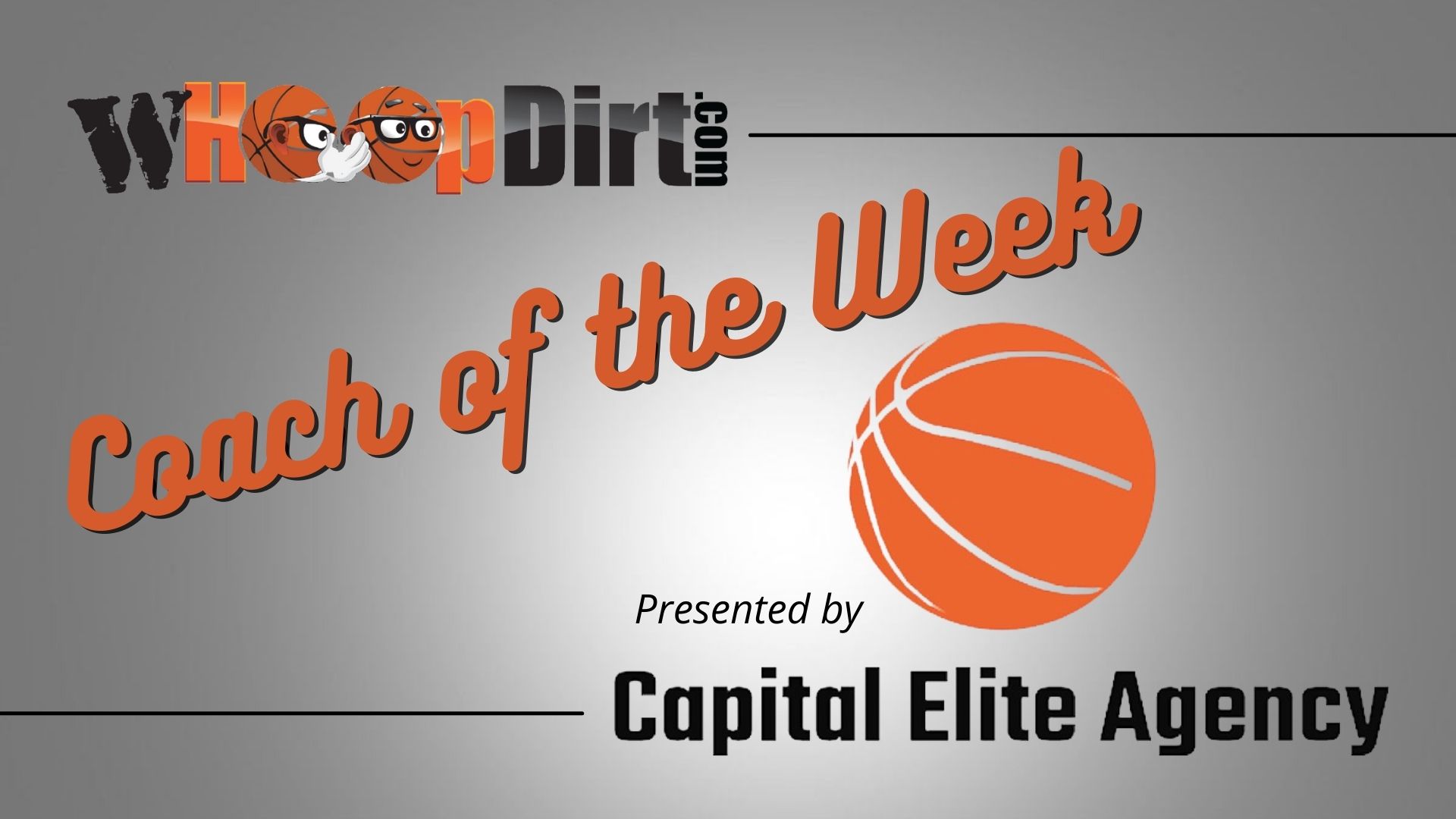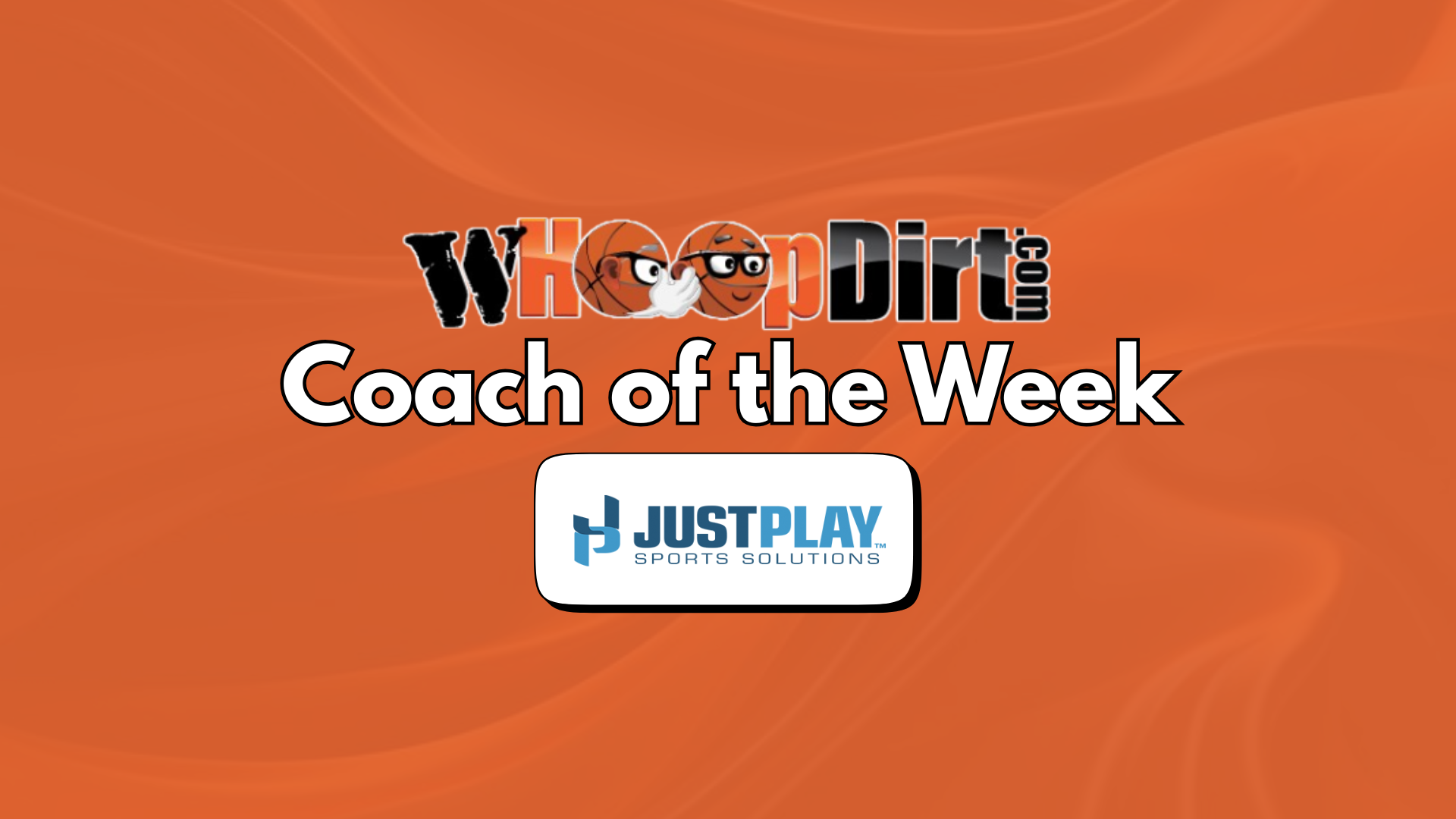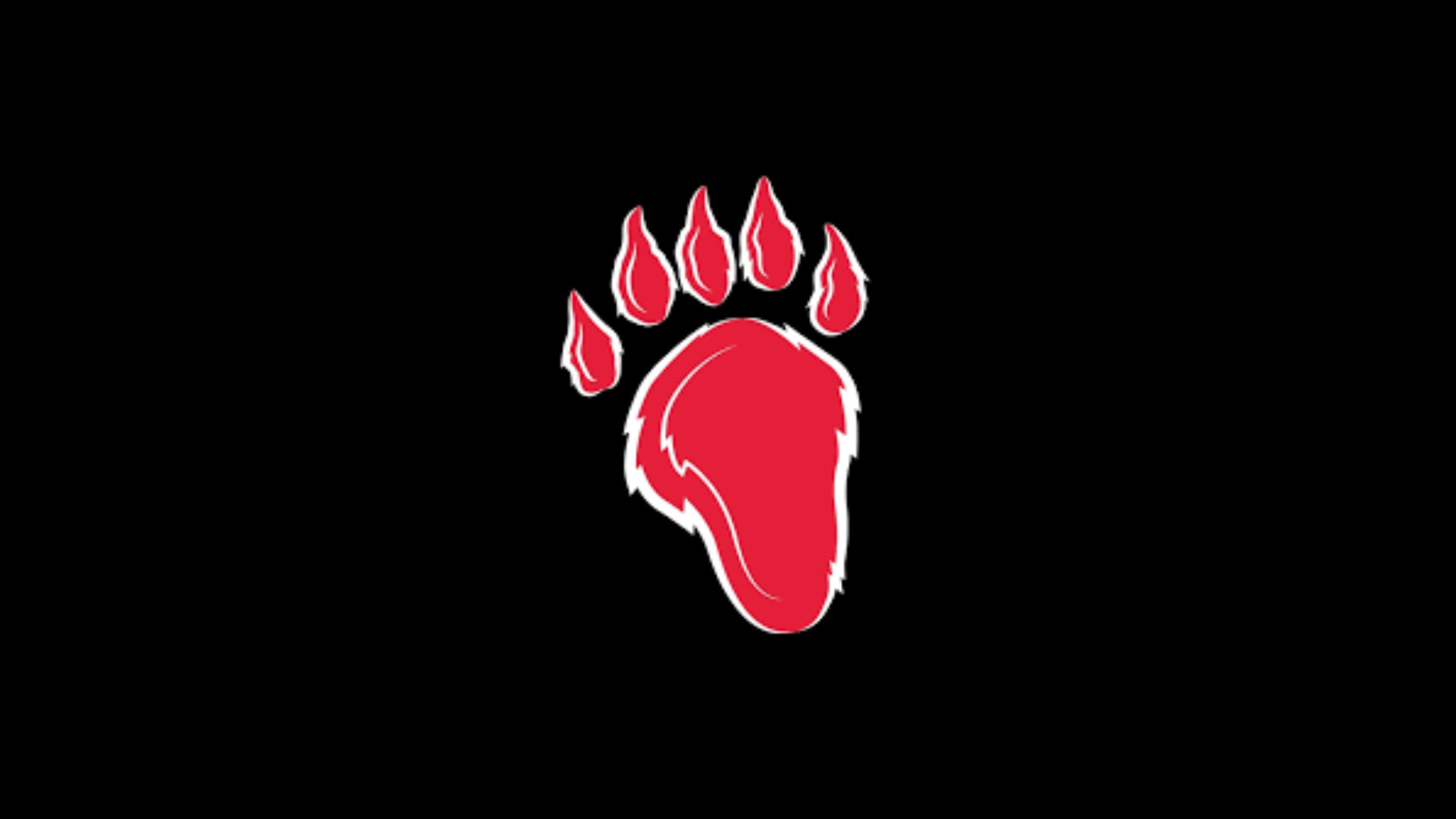March Madness is just around the corner, which means the job search process for coaches will be in full swing before you know it! When coaches ask me what they can do to stand out in the job search process, I ask them if they have their coaching portfolio prepared. Many coaches aren’t sure what a portfolio consists of, let alone have one prepared! The coaching portfolio is a tool that provides a potential employer insight on you as a coach and a person. It can answer a lot of questions for a potential employer before an interview even takes place. It can also be the difference between getting the interview or having your resume placed at the bottom of the stack.
Here are 7 reasons why you need a coaching portfolio:
∙ Gives you a reason to follow up after submitting your resume/application.
∙ Gives the primary hiring person more detailed information about you beyond the resume.
∙ Demonstrates your organizational skills and attention to detail.
∙ Gives you something to hand out to the committee at the interview.
∙ Helps structure your philosophies/ideas for building a program and developing your staff.
∙ If you lack experience, provides an opportunity to demonstrate your abilities.
∙ By critically thinking about your philosophies and values, it prepares you for those “tough” interview questions.
So what does a coaching portfolio involve? In this article, I am going to give examples of things that can be included in your portfolio. The portfolio should be a direct reflection of you and your philosophies on building a quality athletic program. Even if you are applying for an assistant coaching position, your portfolio should provide a look at how you would build your own program if you were the head coach.
Not only is the coaching portfolio a critical tool for the job search process, it is also an invaluable tool for you as a coach–it contains information that you should be using every day with your program, your team, and your coaching staff!
Though the coaching portfolio should provide background on you and your philosophies, it should also contain information that shows the potential employer how you fit into their program or institution. What does that mean for you? It means you can elevate your chances of being hired if you tailor your portfolio to show that you are familiar with the school, the program, the history, the traditions, the players, the community, the current philosophies, etc. You can accomplish this by doing some homework prior to applying for a position to show that you have a sincere interest in the coaching opportunity.
One recommendation that I make is that you develop your portfolio as individual files instead of creating one static document. This will make it easier to add or remove things from your portfolio as you apply for different jobs. You will be able to make multiple copies of the portfolio and you can then insert pages that are customized specifically for the job you are applying for.
Another recommendation that I make is to develop the portfolio with the school that you are applying to in mind – create a cover page with the name of the school, the mascot, and the school colors. On any of the custom documents that you create, try to input the school’s name where it makes sense. This shows that you have given thought and consideration to the preparation of your portfolio and didn’t just deliver a carbon copy of your portfolio.
The portfolio should also reflect the job you are applying for – for example, if you are applying for a position at a school that is struggling financially, a “fundraising” section may be important to include. Whereas if the school is financially well-off, fundraising may not be an important topic. If you are applying for a position with a high school program that has perennially produced several college athletes in the past, it may be important to include a section about college recruiting. Don’t include too much information in the portfolio–let the portfolio provide a glimpse into key areas of your program and philosophies. The interview is where you want to expand upon these key areas.
Finally, another tip that I recommend–if you are really interested in a job, and it is within driving distance, hand deliver your resume and portfolio to the person in charge of the search process. This provides the opportunity to meet in person, make a good first impression, and ask questions. However, in this day and age of technology, I have actually turned my portfolio into a website–a digital portfolio if you will. Now, when I apply for a job, I send an email to the hiring director that includes a link to my online portfolio. This is a great way to make yourself stand out from the other candidates.
If you would like to learn more about developing a coaching portfolio, you can sign up to be a member at The Coaching Portfolio Guide for $19.95. The Coaching Portfolio Guide is an instructional, membership-based website that helps you develop a personalized portfolio. Each section of the portfolio guide provides detailed instructions on how to organize your portfolio in a professional manner. The guide also provides sample documents for each section of your portfolio that you can copy, modify, and add to your personal portfolio. Visit the link below to become a member today!
Bill Vasko – CEO, XO Coach
Coaching Portfolio Guide – www.coachingportfolio.com






